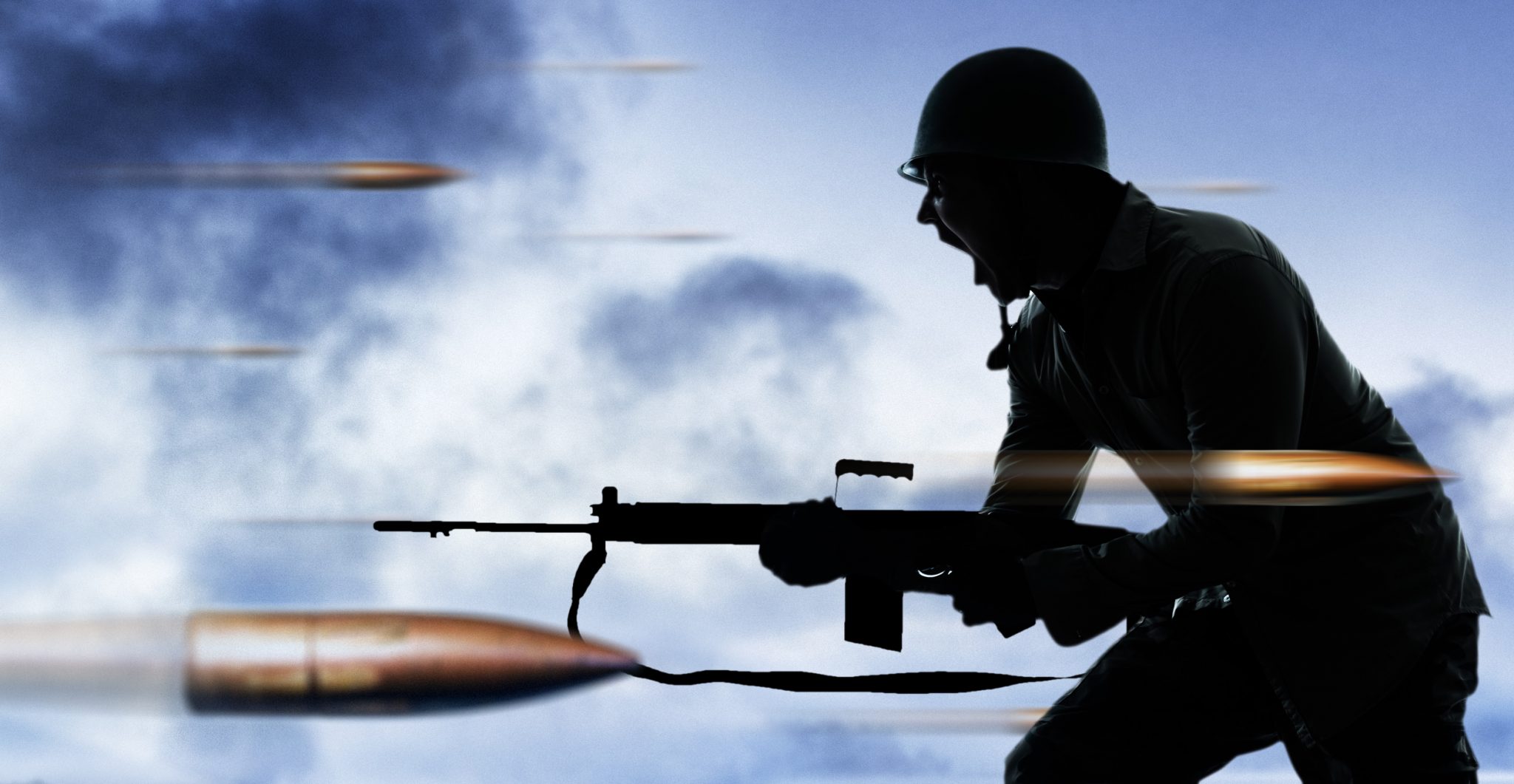As Jones’s men advanced across the treeless terrain, they met a bout of Argentine fury.
On a particular headstone in Blue Beach War Cemetery there is an inscription that reads: He is not the beginning, but the continuing of the same unto the end. Buried in this grave is Lieutenant Colonel Herbert Jones, a hero from the Falklands War who died leading his battalion on an assault against fierce enemy positions.
Perhaps the rather short duration of the Falklands War has played a part in its neglect as a major military conflict in history. It is overshadowed by the Cold War and the North-South divide.
But the events that unfolded during the 74 days of battle proved yet more instances of extraordinary bravery from men of the British Armed Forces, with two soldiers receiving posthumous decorations of the United Kingdom’s most prestigious honor. The Victoria Cross
Herbert Jones was born on May 14, 1940, in Putney, a district in south-west London. He was the first of three sons whose parents were an American Artist and a Welsh nurse. Born when World War II was in full force, Jones apparently grew up in a world filled with the tales and sounds of war. This may have influenced his later interest in the military.
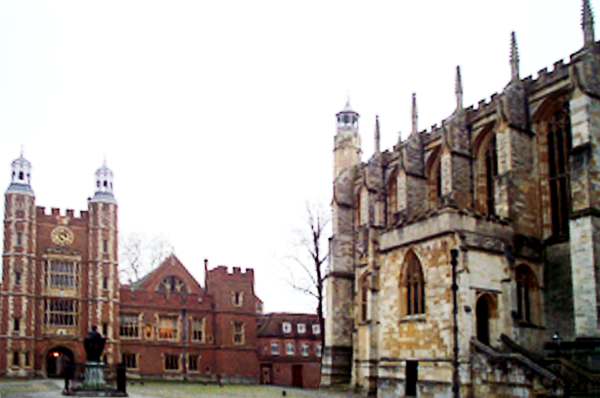
Upon graduation from Eton College, Jones joined the British Army. He graduated from the Royal Military Academy, Sandhurst on June 23, 1960, after which he earned a commission as a second lieutenant in the Devonshire and Dorset Regiment which had just been merged two years earlier.
By the end of 1972, Jones had scaled through the ranks, earning promotion to a major and serving with HQ 3rd Infantry Brigade in Northern Ireland. He led the search for the missing Captain Robert Laurence Nairac who had been abducted and subsequently killed by the Provisional Irish Republican Army in Northern Ireland during an undercover operation.
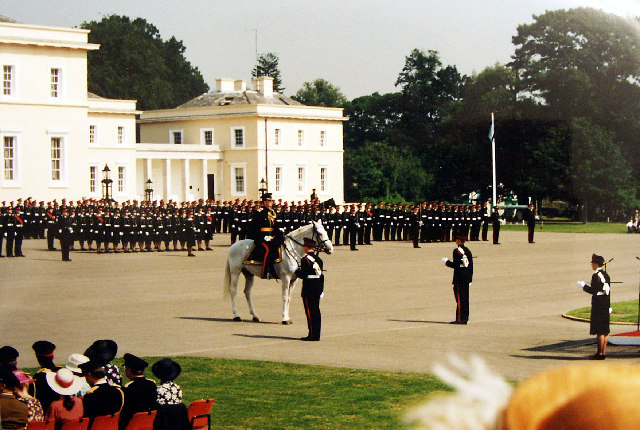
Jones served with such commendable dedication that in 1977 he was made a Member of the Order of the British Empire (MBE) for his diligent services while in Northern Ireland.
He was transferred to the Parachute Regiment of the British Army in December 1979, having attained the rank of a Lieutenant Colonel. 1981 would open with his appointment as an Officer of the Order of the British Empire (OBE).
Over 7,000 miles away, behind the boundaries of Argentina, a crisis was creeping into the country’s economy. Civil unrest continued to rise in the midst of a constant transferring of powers between military dictators.
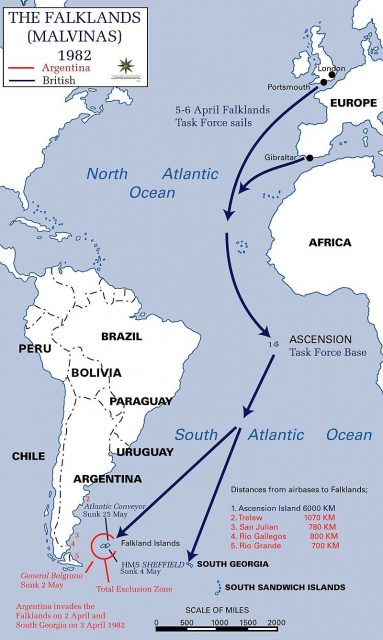
The new Argentine leadership decided that, in a bid to divert public attention from the ongoing economic crisis and its violations of human rights, a massive military action needed to be undertaken. It was hoped this would stir up a sense of patriotism among the Argentine populace.
This course of action led General Leopoldo Galtieri towards the Falklands Islands and its dependencies.
The Falklands Islands had been a highly disputed territory for several decades prior to 1982, having been claimed by both the Argentines and the British.
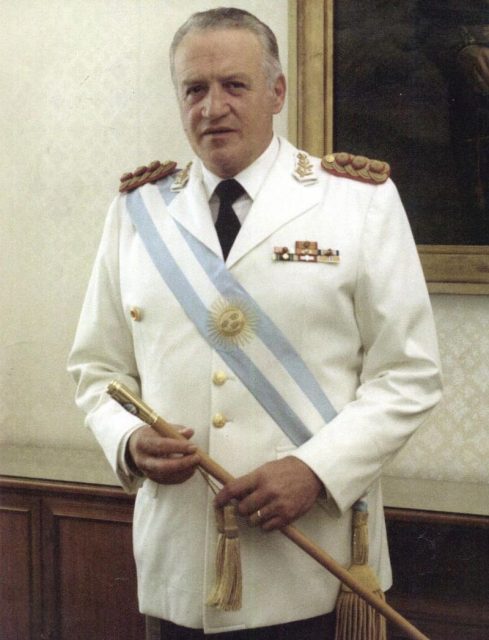
On Friday, April 2, 1982, the Argentines invaded the Falklands Islands, claiming to be on a mission to reclaim their territory which had long been under British control. Ultimately, his move would turn a long-standing territorial dispute into a war.
Argentina’s invasion of the Falklands Islands and its dependencies was met with frowns from members of the United Nations, with only Panama taking Argentina’s side. China, the Soviet Union, Poland, and Spain refused to get openly involved in the entanglements, while the United States, France, and others showed a level of support for the British.
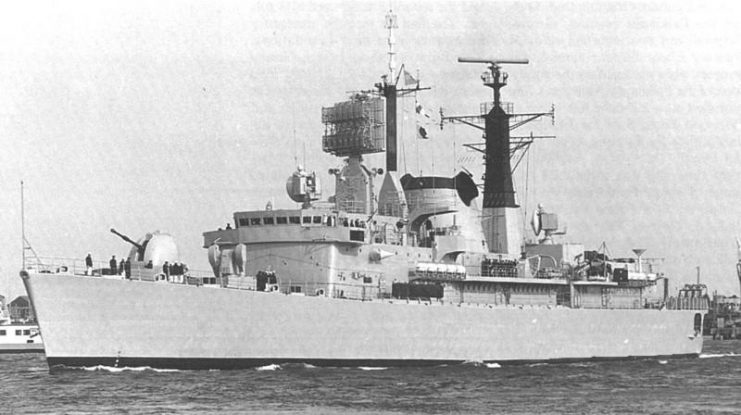
When the threat of war became a full-blown reality, the British threw their strength into retaking the islands. Among those tasked with battling the Argentines was Lieutenant Colonel Herbert Jones. With the 2nd Battalion of the Parachute Regiment, he took part in the Battle of Goose Green.
The Battle of Goose Green took place on 28-29 of May 1982, and it would see Jones receive a place in the history books.
Jones had been tasked with attacking entrenched enemy positions in and around Darwin and Goose Green. Just south of Darwin, Jones’s battalion met fierce resistance from a well-prepared enemy force from about seven well-dug trenches over an important ridge.
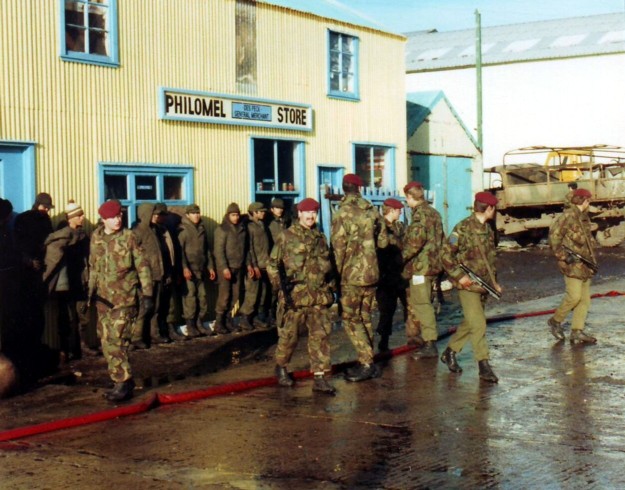
The Argentine defense was equipped with mortars, artillery, 35 mm cannon, and machine guns. As Jones’s men advanced across the treeless terrain, they met a bout of Argentine fury. Casualties began piling up.
Jones and his battalion strove to neutralize this fierce defense, but the Argentines kept up the deadly barrage. The battalion was consequently prevented from advancing and were pinned down by persistent, effective fire.
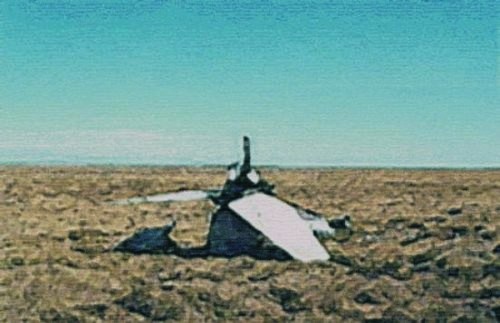
After an hour, the British were beginning to falter while the Argentian assault was gradually building up momentum. Colonel Jones found himself at the very front of his battalion. It was clear that the attack was losing strength and that, if his soldiers’ spirits were not rekindled, the Argentines would soon tear them apart.
So, he grabbed a machine gun and called out to his men to follow him. Not caring about his own safety, Jones charged into the hail of bullets and mortar fire, making his machine gun roar.
He ran across the open, an easy target for machine gunners in the enemy trenches. He raced up a short slope towards a trench, but a direct hit threw him back down the hill. He quickly picked himself up, seemingly unharmed and oblivious to the mounting risks. Then he charged again at the trench.
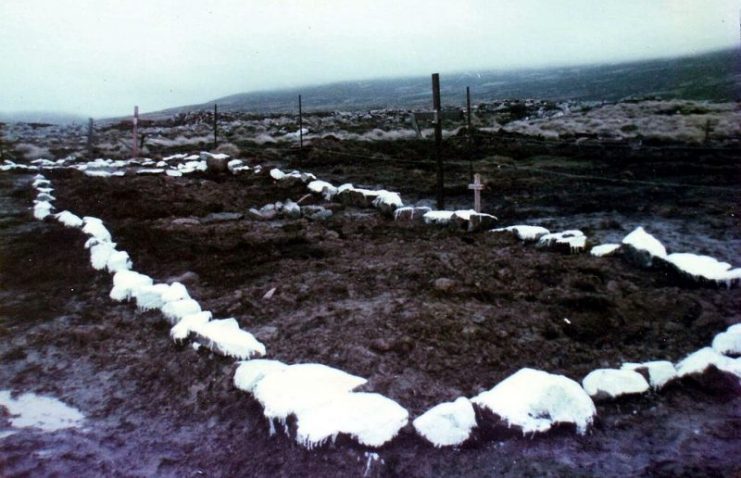
A soldier from another trench fired at him, hitting him from behind. Jones dragged himself onwards to reach his target, but just a few feet from his goal, his wounds overwhelmed him, and he fell to the ground.
His men radioed for urgent casualty evacuation, but the helicopter sent to evacuate Jones was attacked and shot down by an Argentinian ground attack aircraft. However, following such a display of bravery from their commander, the men of the 2nd Battalion rekindled the attack and mounted the fiercest of assaults on the Argentine trenches.
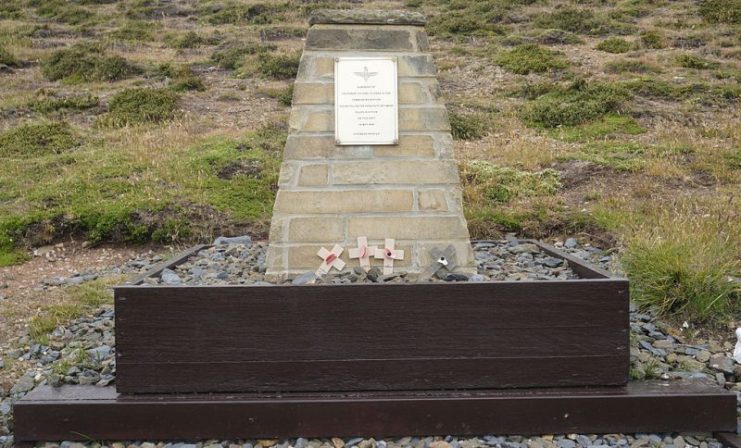
Read another story from us: In Their Own Words – Remembering the Falkland Islands War
Darwin and Goose Green were taken from the Argentines, and this victory set the tone for the complete recapture of the Falklands.
Jones was honored posthumously with the Victoria Cross. He was one of only two British soldiers to receive the UK’s most prestigious award for actions in the Falklands War.
